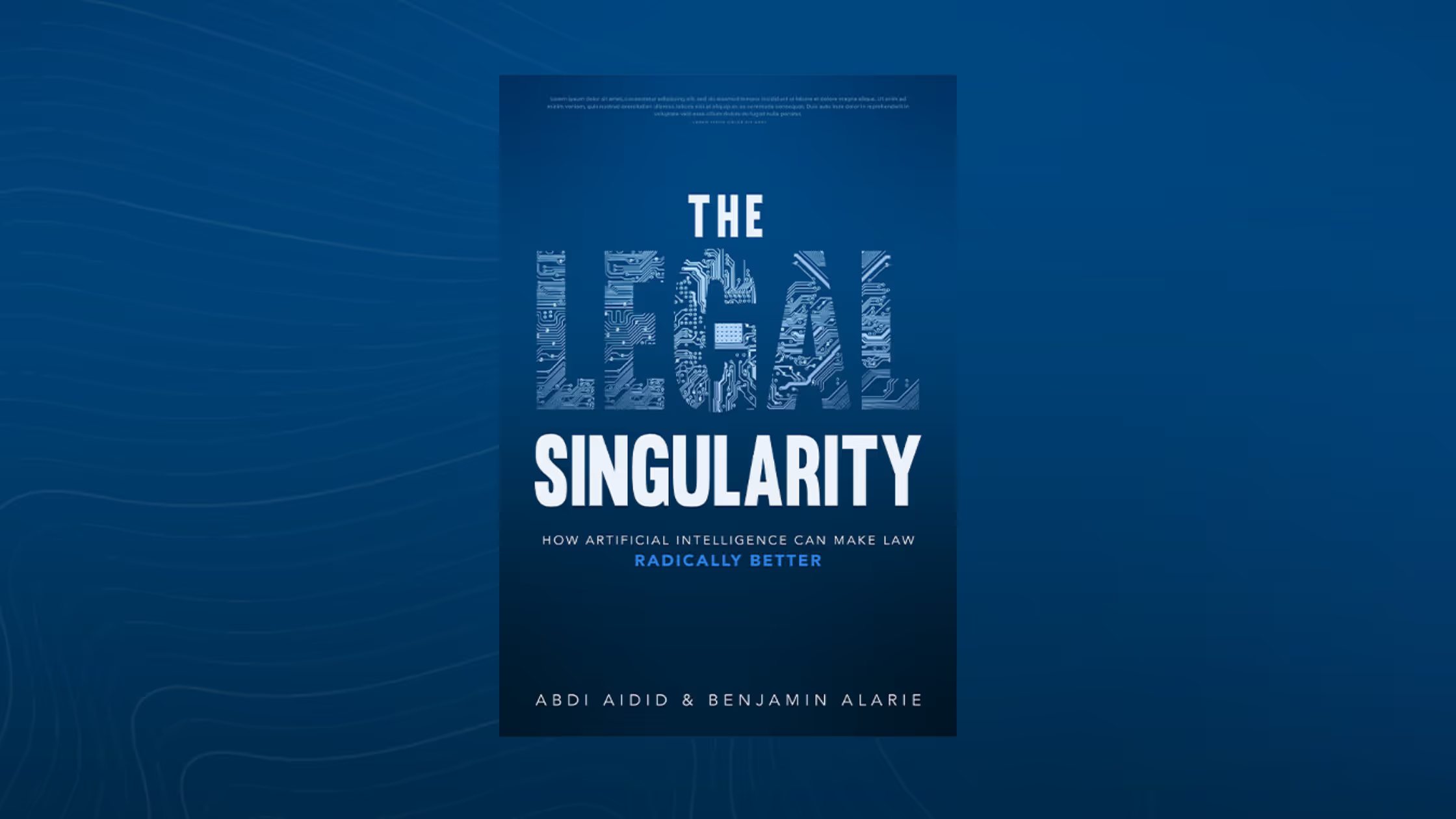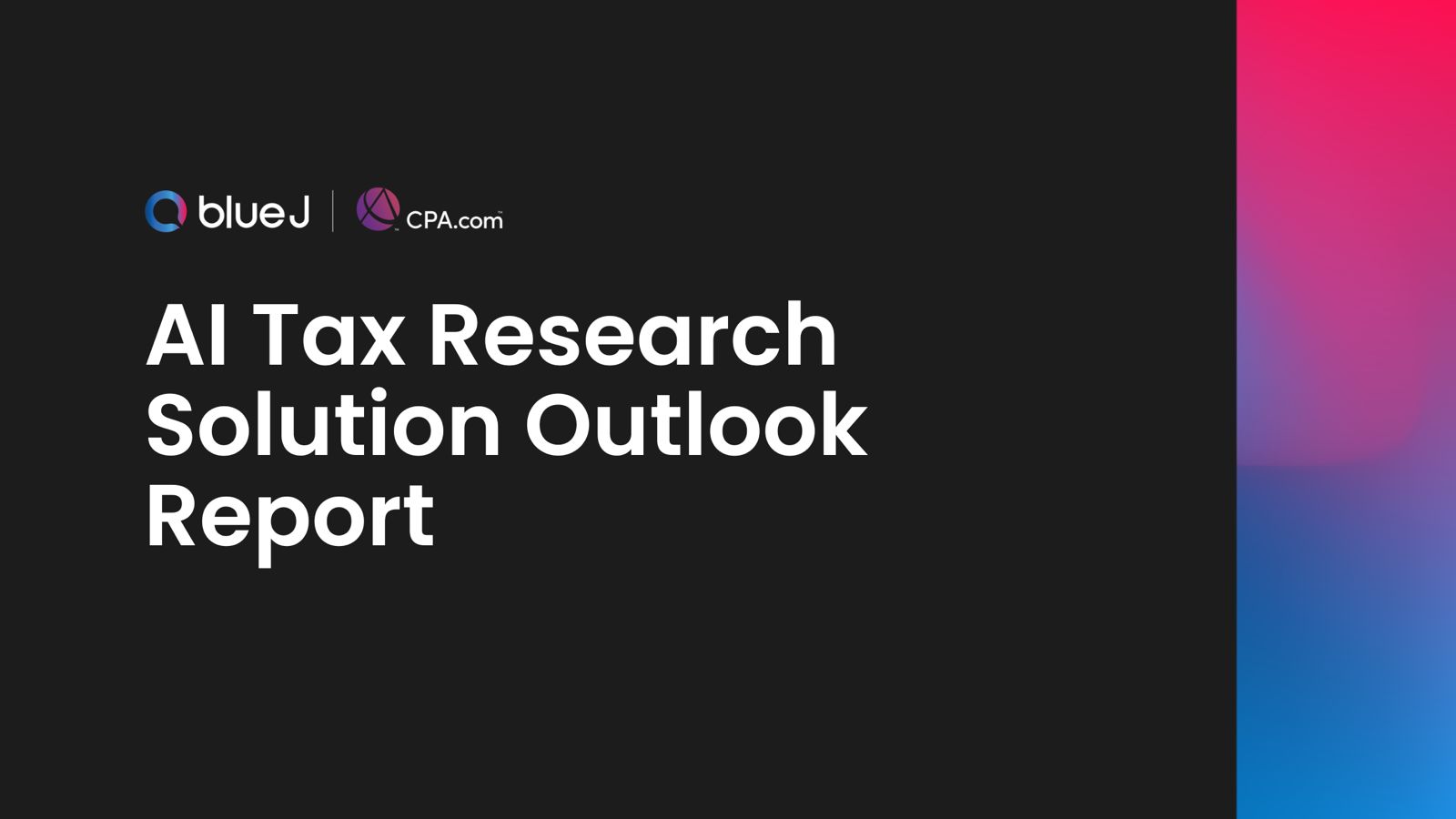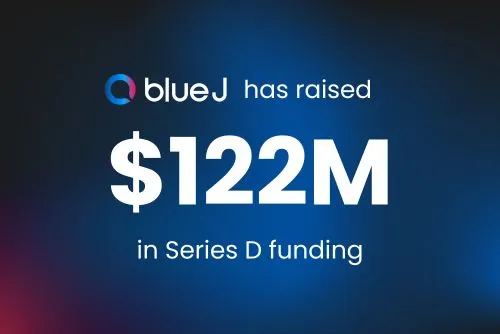
At Blue J, we're delighted to offer this blog series providing an exclusive sneak preview into the highly anticipated book, The Legal Singularity. The book explores how society can harness artificial intelligence (AI) to make the law "radically better" and achieve a vision of the law as fully comprehensive and predictable. One illustration of our commitment to advancing the legal industry is the development of Ask Blue J, our upcoming AI-powered tax Q&A bot similar to ChatGPT. We're thrilled to be a part of this exciting future and look forward to continuing the conversation with you.
Exploration of Chapter 4: Complete Law
If you missed our summary of the preceding chapter, we encourage you to read it here.
There are two factors that jointly create the conditions to bring about the legal singularity: complete law and universal legal literacy. The fourth chapter of The Legal Singularity elaborates on the concept of incomplete law and how the computational era of legal information can help in the pursuit of completeness.
The authors lay out the three characteristics of complete law. The first is that the law is well-designed and optimized to trade off appropriately among the many competing public policy goals that the legal system implicates. The second is that the law is well-specified, meaning that it can consistently and reliably apply rules and standards in a given situation. Lastly, the law is administered effectively and with minimal mistakes.
The authors discuss the advantages and disadvantages of current law-making practices. Rules are clear and specific, but they can be costly to design and may not be applicable in all situations. An example of a rule is a speed limit. Standards, on the other hand, are more open-ended but rely on ex post adjudication to supply their content. A similar example of a standard might state that motorists must merge “reasonably safely” or “with great caution”. The gaps between these two approaches have contributed to the underspecification of the law.
Underspecified law creates three major challenges: insufficient signaling, increased error costs, and acrimonious interactions between citizens and adjudicative bodies. Over time, the erosion of legal certainty exacerbates these issues as laws may become more ambiguous and those targeted by the law adapt their conduct to minimize its impact. This can lead to misalignments and inconsistencies when construing the law.
In the future, rule designers who have access to computing power will be able to choose between two more advanced types of legal rules to improve specificity: dynamic rules and "microdirectives”. Dynamic rules are as specific as traditional rules but also pursue a policy maker’s stated objective to permit modulation. Microdirectives use machines to design a vast catalog of context-specific rules optimized to the rule makers' goals. Microdirectives are more specific in that they are tailored to individual situations, but require more information than dynamic rules to create.
The chapter concludes by clarifying that "complete" does not mean the same thing as "finished." The author's intended interpretation of "complete law" is related to practical completeness, which refers to adequate coverage. Community members will still need to advocate for legal changes and advance different perspectives on what constitutes a just outcome.
Our goal at Blue J is to bring clarity to the law, everywhere and on demand. Our new AI-powered tax Q&A bot, Ask Blue J, will help rapidly specify the law in a given situation and is a step towards legal completeness. We hope to contribute to the development of a more clear and accessible legal system for everyone.
Stay tuned for our next blog post which will highlight the fifth chapter of The Legal Singularity that defends the legal singularity from its critics.
The Legal Singularity (published with University of Toronto Press) is set for release July 2023.

Stay up to date












